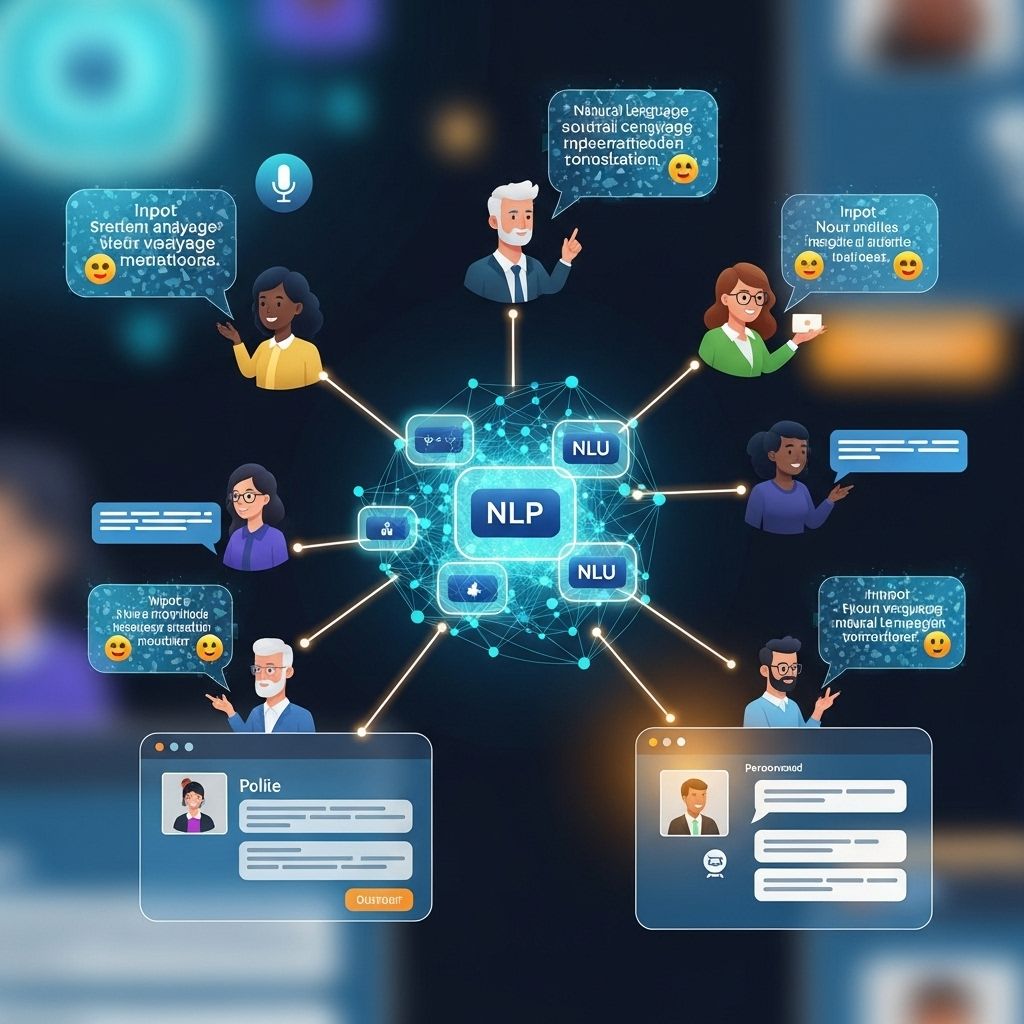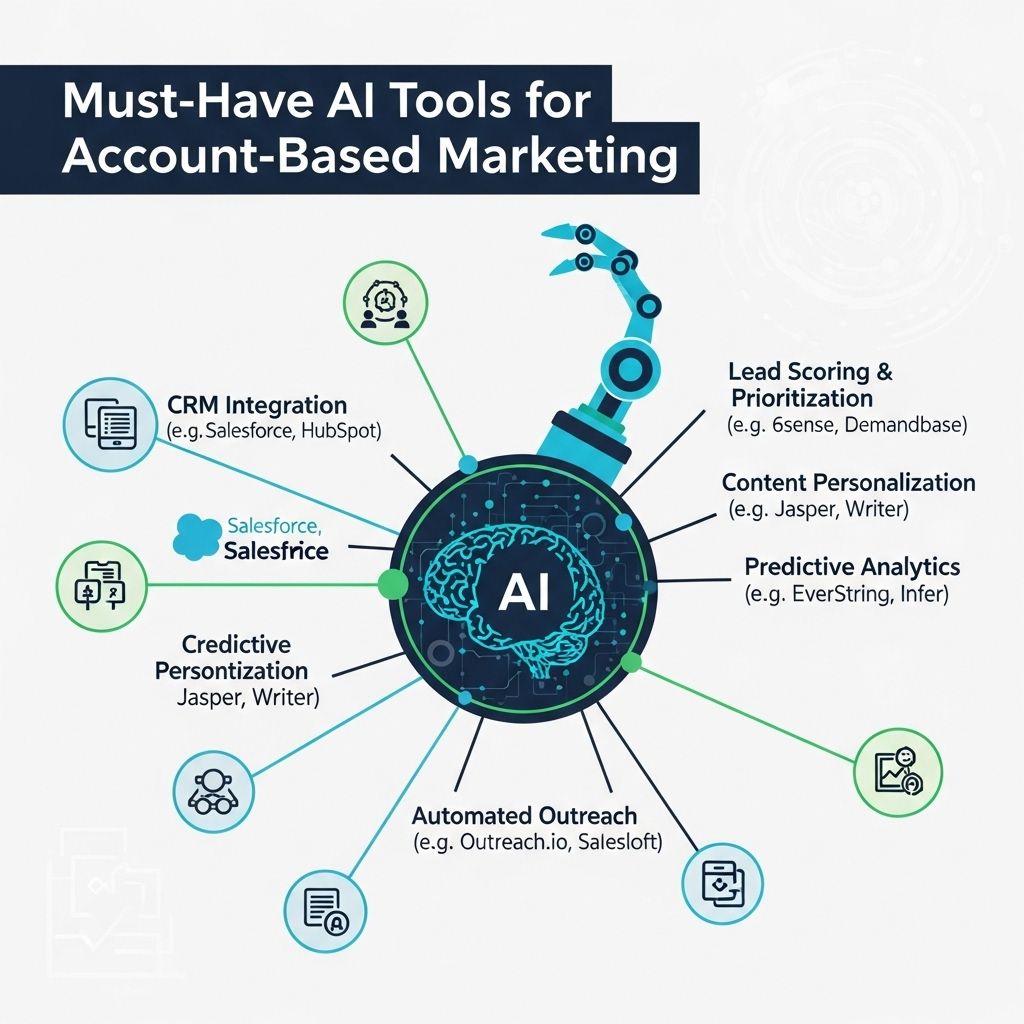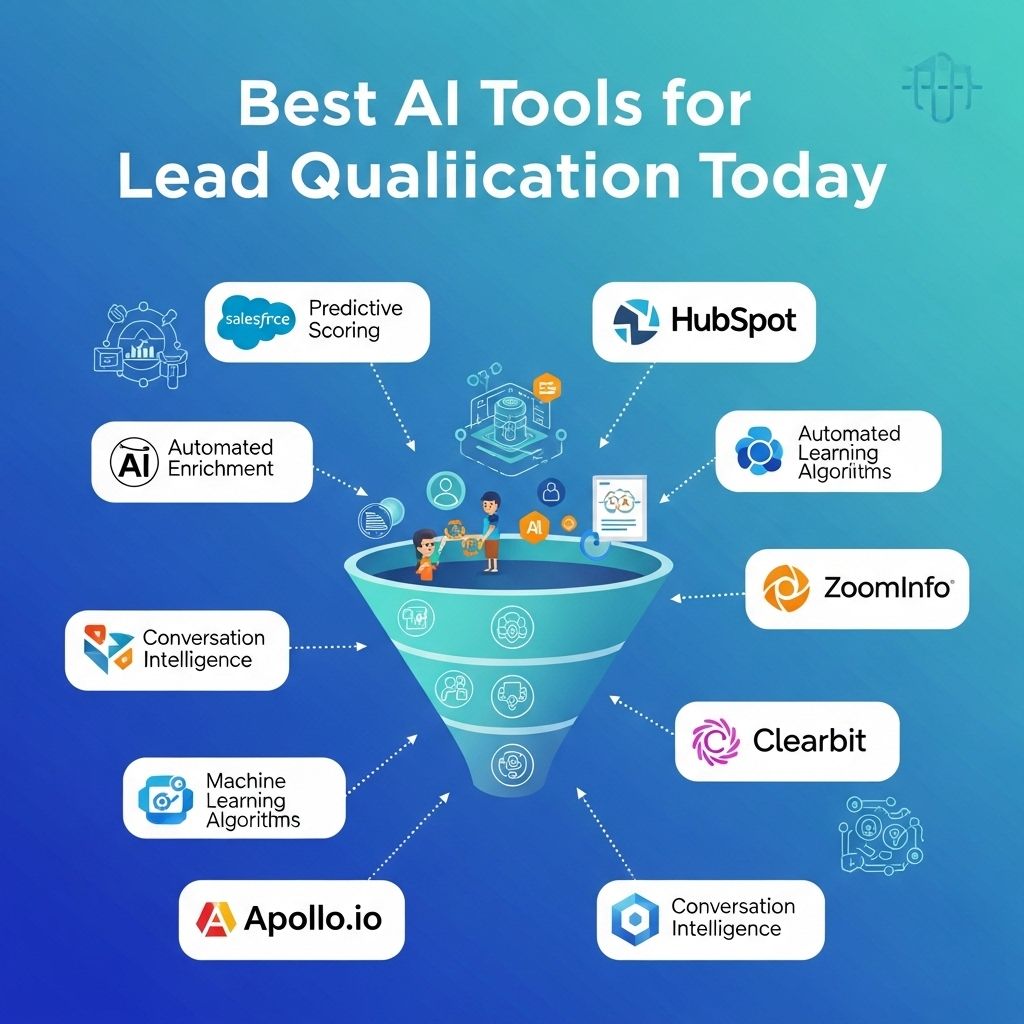Transform Customer Interactions with NLP Techniques
Discover how NLP techniques can enhance customer interactions, improve satisfaction, and drive engagement in your business.

In an increasingly digital world, the way businesses interact with their customers is paramount to their success. Natural Language Processing (NLP) has emerged as a powerful tool that transforms these interactions by enabling computers to understand and respond to human language in a meaningful way. From chatbots and virtual assistants to sentiment analysis and personalized content, NLP techniques can significantly enhance customer experience and drive engagement. This article explores the various applications of NLP in customer interactions, demonstrating how companies can leverage these technologies to improve their service delivery and customer satisfaction.
Table of Contents
Understanding Natural Language Processing
Natural Language Processing is a branch of artificial intelligence that focuses on the interactions between computers and humans through natural language. It involves the development of algorithms that allow computers to process and analyze large amounts of natural language data.
Key Components of NLP
- Tokenization: The process of breaking down text into individual words or phrases.
- Part-of-Speech Tagging: Identifying the grammatical parts of speech in a sentence (nouns, verbs, adjectives, etc.).
- Named Entity Recognition (NER): Detecting and classifying proper nouns in text, such as names of people, organizations, or locations.
- Sentiment Analysis: Assessing the emotional tone behind a series of words, useful for understanding customer feelings.
- Machine Translation: Automatically translating text from one language to another.
The Role of NLP in Customer Interactions
NLP is revolutionizing how businesses communicate with their customers. Here are some key applications:
1. Chatbots and Virtual Assistants
Many companies have adopted chatbots as the first point of contact for customer service. These AI-driven tools can handle a wide range of inquiries, from answering FAQs to processing orders.
| Benefits of Chatbots | Description |
|---|---|
| 24/7 Availability | Chatbots can provide assistance around the clock, improving customer service. |
| Instant Response | Customers receive immediate answers to their questions, enhancing satisfaction. |
| Cost-effective | Reducing the need for a large customer service team, chatbots save businesses money. |
2. Sentiment Analysis
Understanding customer sentiment is crucial in tailoring services and products. Through sentiment analysis, businesses can gauge customer reactions to their products, services, and overall brand.
How Sentiment Analysis Works
- Data Collection: Gathering customer feedback from various channels (social media, reviews, surveys).
- Processing: Using NLP algorithms to analyze the text for positive, negative, or neutral sentiment.
- Actionable Insights: Utilizing the analysis to improve products, services, or customer interactions based on feedback.
3. Personalized Customer Experience
NLP enables businesses to analyze customer data and interactions to provide tailored experiences.
Techniques for Personalization
- Dynamic Content Delivery: Adjusting web content based on user preferences and browsing behavior.
- Recommendation Systems: Suggesting products or services based on previous interactions and similar customer behavior.
- Customized Email Marketing: Generating personalized email campaigns that resonate with individual customer interests.
Enhancing Customer Data Analysis with NLP
The ability to analyze and make sense of large amounts of text data is vital for understanding customer behavior and preferences.
Data Sources for Customer Interaction Analysis
Businesses can leverage various data sources to enhance their analysis:
- Customer Service Interactions (chat logs, call transcripts)
- Social Media Feedback (comments, posts, reviews)
- Surveys and Polls (open-ended responses)
- Website Analytics (user interactions, search terms)
Techniques for Data Analysis
By applying NLP techniques, organizations can extract valuable insights from the data:
- Topic Modeling: Discovering hidden topics in large volumes of text data.
- Keyword Extraction: Identifying key terms that frequently occur in customer feedback.
- Trend Analysis: Monitoring changes in customer sentiment over time to inform strategic decisions.
Challenges in Implementing NLP for Customer Interactions
While NLP offers numerous benefits, there are challenges that businesses must address:
1. Data Quality
The effectiveness of NLP largely depends on the quality of the data being analyzed. Inaccurate or inconsistent data can lead to unreliable insights.
2. Language Nuances
Human language is complex and filled with nuances, slang, and regional dialects, making it challenging for NLP systems to interpret correctly.
3. Integration with Existing Systems
Integrating NLP tools into existing customer relationship management (CRM) systems can be resource-intensive and may require changes in infrastructure.
Future Trends in NLP for Customer Interactions
The landscape of NLP is continuously evolving, presenting new opportunities for businesses. Here are some trends to watch:
1. Advanced Conversational AI
As NLP technology advances, conversational AI will become more sophisticated, enabling more natural and human-like interactions.
2. Increased Multilingual Support
With globalization, businesses will increasingly adopt NLP solutions that support multiple languages to cater to a diverse customer base.
3. Enhanced Emotion Recognition
Future NLP models will likely have better systems for detecting and interpreting customer emotions, leading to even more personalized interactions.
Conclusion
Transforming customer interactions with NLP techniques presents a multifaceted opportunity for businesses. By leveraging this technology, organizations can improve customer service, gain valuable insights, and create personalized experiences that resonate with their audience. As NLP continues to evolve, it will play an even more significant role in shaping the future of customer engagement.
FAQ
What are NLP techniques for customer interactions?
NLP techniques for customer interactions involve using natural language processing to analyze and understand customer inquiries, enabling businesses to enhance communication and engagement.
How can NLP improve customer service?
NLP can improve customer service by automating responses, providing sentiment analysis, and offering personalized recommendations based on customer behavior and preferences.
What benefits does NLP offer for customer feedback analysis?
NLP allows businesses to efficiently analyze large volumes of customer feedback, extract valuable insights, and identify trends or issues that need to be addressed.
Can NLP techniques help in reducing response times?
Yes, NLP techniques can significantly reduce response times by automating FAQs and providing quick answers to common customer queries without human intervention.
How does sentiment analysis work in NLP?
Sentiment analysis in NLP involves using algorithms to classify customer emotions expressed in text, helping businesses understand customer satisfaction and adjust their strategies accordingly.
Is it difficult to implement NLP for customer interactions?
While implementing NLP can be complex, many user-friendly tools and platforms are available today that simplify the integration of NLP techniques into customer interaction systems.







